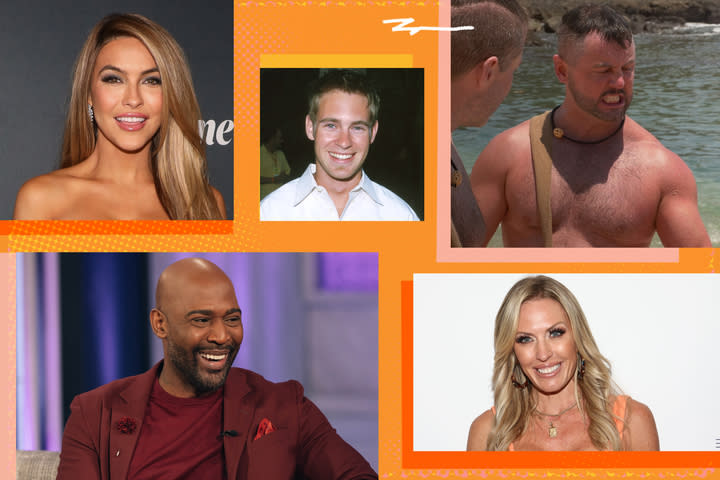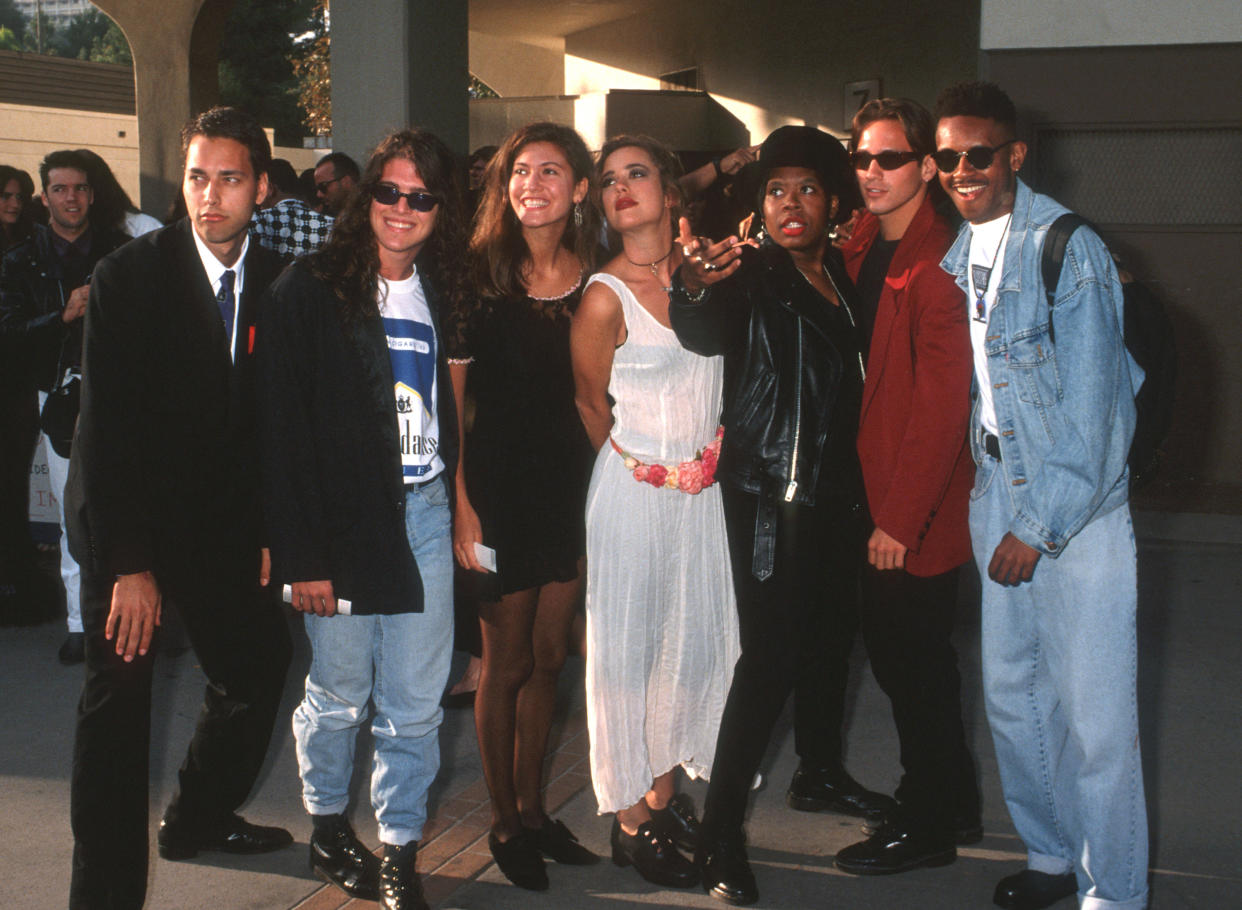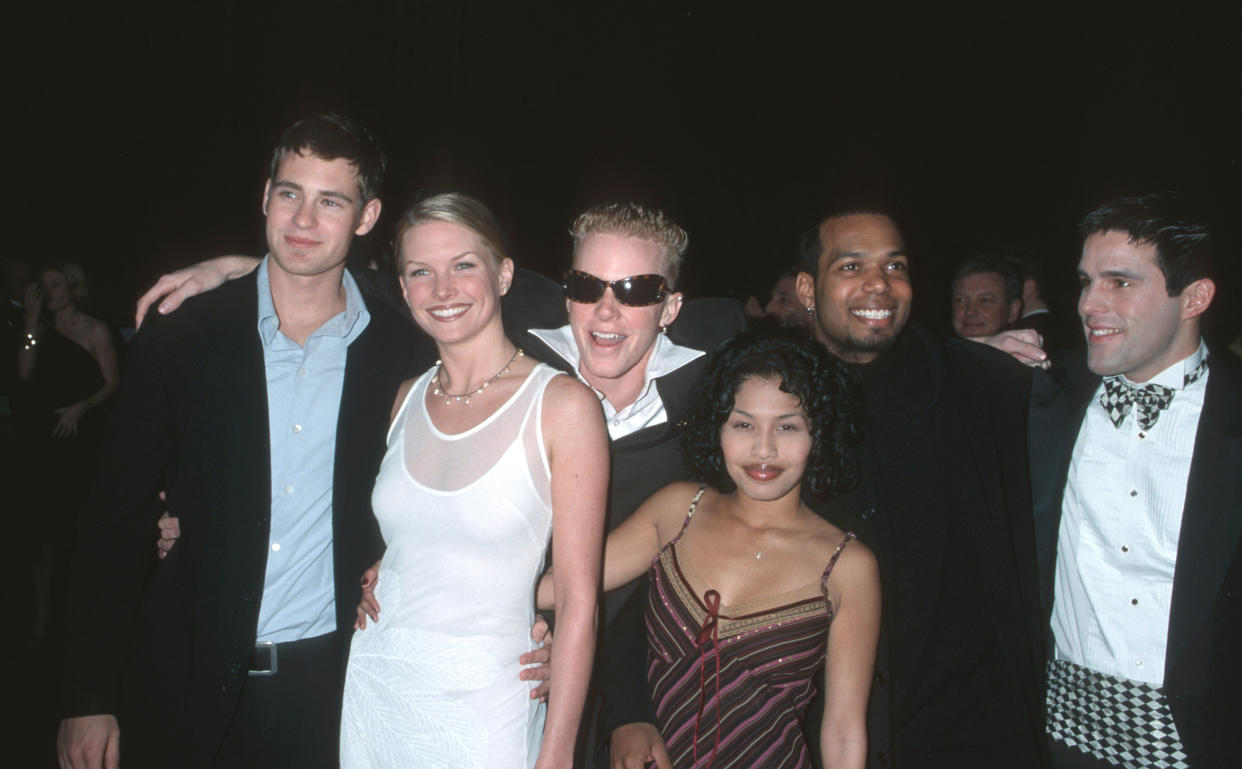From 'The Real World' to 'Real Housewives,' how reality TV helps illustrate the 'vastness' of the LGBTQ experience

On television, it’s often the unscripted moments we remember the most. For many viewers, reality shows — though often maligned for sensationalism — can also reflect authentic and spontaneous slices of life.
That's especially true for LGBTQ people, whose coming out stories have been pivotal in shaping the genre, tracing back to Lance Loud, the first openly gay person to appear on TV after coming out to his family in the groundbreaking 1973 PBS documentary An American Family.
Two decades later, shows like The Real World, Survivor and Big Brother dominated culture, often depicting queer storylines capturing the rawness that’s come to define the landscape today. These shows also helped to influence the reformation of anti-LGBTQ policies like the U.S. military’s “don’t ask, don’t tell” guidelines (repealed in 2008 by President Barack Obama) and the advancement of HIV treatments.
To commemorate National Coming Out Day on Oct. 11, we spoke with reality TV’s trailblazers to discuss the power of visibility within the genre.
Coming out on reality TV
Norman Korpi, a cast member of the first season of MTV’s The Real World: New York (1992), recalls the cultural impact he witnessed after coming out publicly to millions of viewers, becoming one of the first openly queer men on a major reality show.
“It was a domino effect, and it gave people hope,” he tells Yahoo Entertainment. While he identified as gay in real life, he says MTV producers portrayed him as bisexual on the show, citing potential backlash from executives.

Presenting with a more fluid identity, he recalls, was a safer bet when it came to advertising dollars. “That was a big burden for me to carry,” he says. In hindsight, however, he says it was worth it.
Korpi credits The Real World for painting a broad picture of the LGBTQ experience, with MTV selecting a number of LGBTQ cast members throughout its seasons, including Pedro Zamora, Genesis Moss, Ruthie Alcaide and Danny Roberts.
“No one person needed to become a singular voice that we were so desperate for,” Korpi explains. “They brought in people’s stories to show that we’re not a stereotype.”
Roberts, who came out to his family just days before filming his season in 2000, introduced viewers to his then-boyfriend Paul Dill, a U.S. Army captain, whose face was blurred to prevent retaliation due to don't ask don’t tell. The storyline catapulted the issue to new heights for many, sparking conversations about the real-life ramifications such policies have.
“When I went on the show, I was not really out,” Roberts tells Yahoo Entertainment. “I accepted it quietly within myself, and I used the show as a catalyst to force myself to embrace it, and there was no turning back.” He says it took years for him to process the real impact his storyline had. “It was eye-opening to see the scale, globally.”
Years later, Roberts says then-Rep. Patrick Murphy, who drafted and sponsored the bill that reversed “don’t ask, don’t tell,” thanked him personally for educating Americans about the issue.

Andrew Shayde, who appeared on Season 3 of The Amazing Race, made history with his dad as they became the first queer child-parent team to compete on the show. And while he was already out to his friends, Shayde, who was 21 at the time, says he and his father had a plan going in to use their platform as a way to shed light on the experience of coming out to one's parents.
“My dad and I were both nervous about the backlash. When we got home, we realized we may be asked to leave our church that I grew up in. We didn't know what to expect,” he tells Yahoo Entertainment. “But what happened was incredible. We received so much support from so many people.”
Shayde, who has since appeared on several seasons of Naked and Afraid, credits reality television with blowing the doors open for the queer community.
“Whether it’s competing on Survivor, Big Brother, The Great British Bake-Off or Project Runway and Drag Race, [these programs] show that queer people are extremely diverse, not a monolith,” he says.
‘We feel like we know them’
Podcast host and entertainment journalist Tre’vell Anderson says audiences create tight emotional bonds with reality stars because “we feel like we know them.” That's especially important for queer youth who might not have these role models in real life.
"It's one way we can look at the importance of visibility and representation and its impact, beyond just the TV screen, but in terms of the material realities of Black and brown, queer and trans people throughout culture," they explain.
That's evident in competition shows like America’s Next Top Model, Making the Band, America’s Best Dance Crew and Legendary, where Black trans women aren't just featured; they're the heartbeat of the show, and often use their platform to elevate trans and nonbinary issues.
"It's been reality TV, not scripted portrayals, that have shown us the vastness of what Black trans life can look like," says Anderson, citing Jazz Jennings, Leiomy Maldonado and Isis King as examples of reality stars who have used their platforms to humanize the lives of trans people.
Brian Moylan, author of The Housewives: The Real Story Behind the Real Housewives, says reality stars have a tighter fan base than other public figures, simply because viewers can see themselves within their stories.
“We feel like they’re our friends, we feel like we know them, we feel really close to them. So when they come out, it's like a family member came out,” he says.
From coming out to being out
Coming out on reality TV looks quite different these days, says media psychologist Dr. Carole Lieberman.
“Today’s reality stars are coming out at a time when there is more acceptance of LGBTQ choices,” she explains. “During TheReal World days, it was sensational and confusing to viewers.”
Case in point: Selling Sunset's Chrishell Stause,who is publicly dating nonbinary singer G Flip, or Real Housewives stars like Braunwyn Windham-Burke and Taylor Armstrong, who respectively came out after being cast on the show.
Moylan cites Julia Lemagova on Real Housewives of Miami and Jenna Lyons on Real Housewives of New York, who were both cast on the show as openly queer women, as signs of progress.
“Casting openly queer women shows that they are a valued part of the franchise and fans have been absolutely accepting of them, which shows their impact,” he explains.
To that end, Anderson says there’s a noticeable difference in today’s shows, which depend less on a dramatic coming out story and instead highlight the joys of being queer. That’s not just a sign of progress, they say, it’s a sign of what the future of TV looks like.
“We are building out a broader visual culture and visual language around what it means to be a member of the LGBTQ community,” they note. “And that’s what it’s all about.”
